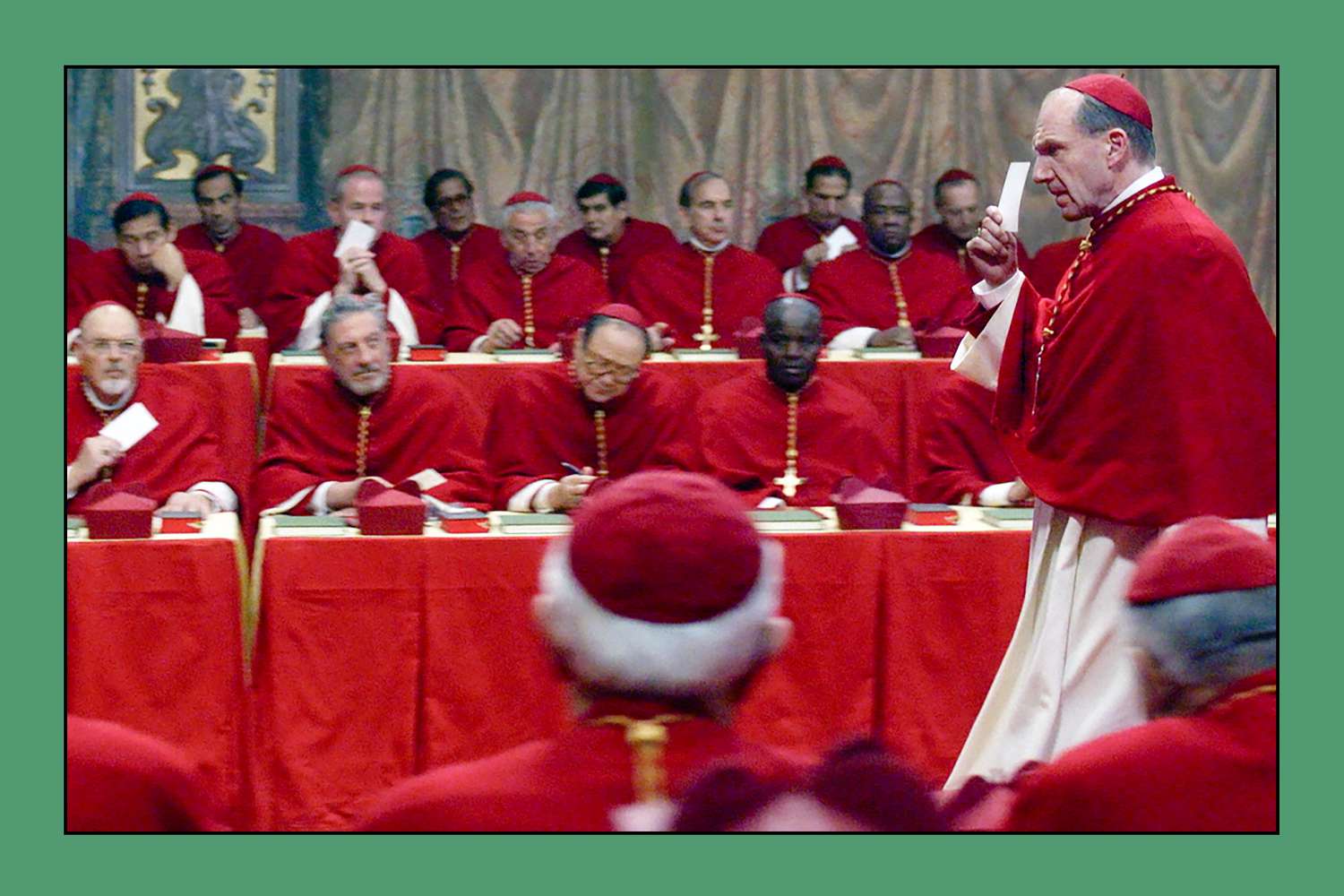Conclave's Accuracy: Picking the Next Pope – A Deep Dive into Papal Selection
Editor’s Note: The intricacies of papal selection are again in the spotlight. This article explores the historical accuracy and evolving processes of the papal conclave.
Why This Matters: Understanding the Conclave
The selection of a new Pope is a pivotal moment in the Catholic Church and global affairs. Understanding the process—its history, its complexities, and its potential for both accuracy and unforeseen outcomes—is crucial for anyone interested in religion, politics, and global power dynamics. This article delves into the historical accuracy of the conclave in selecting suitable candidates, examining its strengths and weaknesses. We will explore the evolving methods of papal selection and consider its future. Keywords that will be covered include: papal conclave, papal election, Catholic Church, Pope, Cardinal, Sistine Chapel, conclave voting, papal succession, Vatican City.
Key Takeaways
| Point | Description |
|---|---|
| Historical Accuracy | Examination of past conclaves and their outcomes. |
| Modern Conclave Processes | Analysis of current voting methods and procedures. |
| Challenges & Criticisms | Discussion of limitations and controversies surrounding the conclave system. |
| Future of Papal Selection | Exploration of potential reforms and adjustments to the selection process. |
Conclave's Accuracy: A Historical Perspective
The papal conclave, held in the Sistine Chapel, is a centuries-old process shrouded in secrecy. Its historical accuracy in picking the "right" Pope is a complex issue. While many Popes have led the Church with distinction, others have been mired in controversy. The conclave's effectiveness is intertwined with the political and social climates of their times. For instance, the conclaves of the Renaissance period often saw intense political maneuvering, impacting the final selection. Analyzing historical data from various periods, we can identify trends and patterns in successful vs. unsuccessful papal selections. Examining the qualifications and legacies of Popes elected throughout history provides a critical lens for evaluating the conclave's accuracy.
Interactive Element: The Role of Cardinals
The cardinal electors play a central role in the conclave. Understanding their backgrounds, their theological perspectives, and their political alliances is crucial to analyzing the process. Their roles are multifaceted: they are the voters, the advisors, and often, the key players behind the scenes. Examining the factors influencing their choices, such as personal relationships, theological disagreements, and national interests, helps us understand the outcomes of specific conclaves. This section will analyze case studies of influential cardinals and their impact on the election results.
Interactive Element: Secrecy and its Impact
The secrecy surrounding the conclave is a defining characteristic. While intended to promote impartial decision-making, it also creates an environment prone to manipulation and uncertainty. This section will explore the benefits and drawbacks of secrecy, examining how it has both facilitated and hindered accurate papal selections throughout history. We will examine specific instances where secrecy led to unexpected or controversial outcomes.
People Also Ask (NLP-Friendly Answers)
Q1: What is a papal conclave?
A: A papal conclave is the meeting of cardinals to elect a new Pope following the death or resignation of the previous pontiff.
Q2: Why is the conclave important?
A: The conclave is vital because it ensures the continuity of leadership within the Catholic Church, selecting a successor who will guide millions of followers worldwide.
Q3: How can I learn more about the history of papal conclaves?
A: You can research historical papal conclaves through Vatican archives, academic journals focusing on Church history, and reputable historical biographies of Popes.
Q4: What are the main challenges faced during a conclave?
A: Challenges include balancing diverse viewpoints among cardinals, managing political influences, and ensuring a fair and transparent election process.
Q5: How long does a conclave usually last?
A: The duration varies, but typically, a conclave concludes within a few days, although it can extend longer if a consensus is difficult to reach.
Practical Tips for Understanding Papal Elections
Introduction: Gaining a deeper understanding of papal elections involves exploring various resources and perspectives. Here are some actionable steps to enhance your knowledge:
Tips:
- Read historical accounts: Examine books and articles on specific conclaves to understand their context and outcomes.
- Follow Vatican news: Stay updated on current events leading up to and during a conclave through reliable news sources.
- Analyze cardinal biographies: Learn about the background and perspectives of cardinal electors to predict potential outcomes.
- Explore theological viewpoints: Understanding different theological perspectives within the Church can offer insight into potential candidates.
- Engage in respectful discussions: Discuss your views with others, fostering open dialogue and expanding your understanding.
- Consult academic resources: Utilize scholarly articles and books on the history and sociology of the Catholic Church.
- Watch documentaries: Documentaries can provide visual and insightful accounts of conclaves and their processes.
- Follow expert commentary: Listen to and read analyses from experts in Church history and Vatican affairs.
Summary: These tips equip you with practical tools to navigate the complex world of papal elections and develop a well-rounded perspective.
Transition: Let's summarize the key insights from our analysis.
Summary (Resumen)
The accuracy of the conclave in selecting Popes is a multifaceted issue spanning centuries. While the process has seen periods of both relative success and significant challenges, analyzing its history reveals valuable insights into the evolving dynamics of the Catholic Church and global politics. Understanding the process—from the roles of cardinals to the impact of secrecy—is essential to critically assessing its effectiveness.
Closing Message (Mensaje Final)
The selection of a new Pope remains a moment of profound significance. By engaging critically with the historical record and the modern process, we can better appreciate the complexities involved and foster a deeper understanding of the Catholic Church's future direction. What are your thoughts on the future of papal elections and the need for potential reforms?
Call to Action (CTA)
Share your insights on this article on social media! Use #PapalConclave #VaticanCity #NextPope. Want to stay informed about future papal elections? Subscribe to our newsletter for updates.

